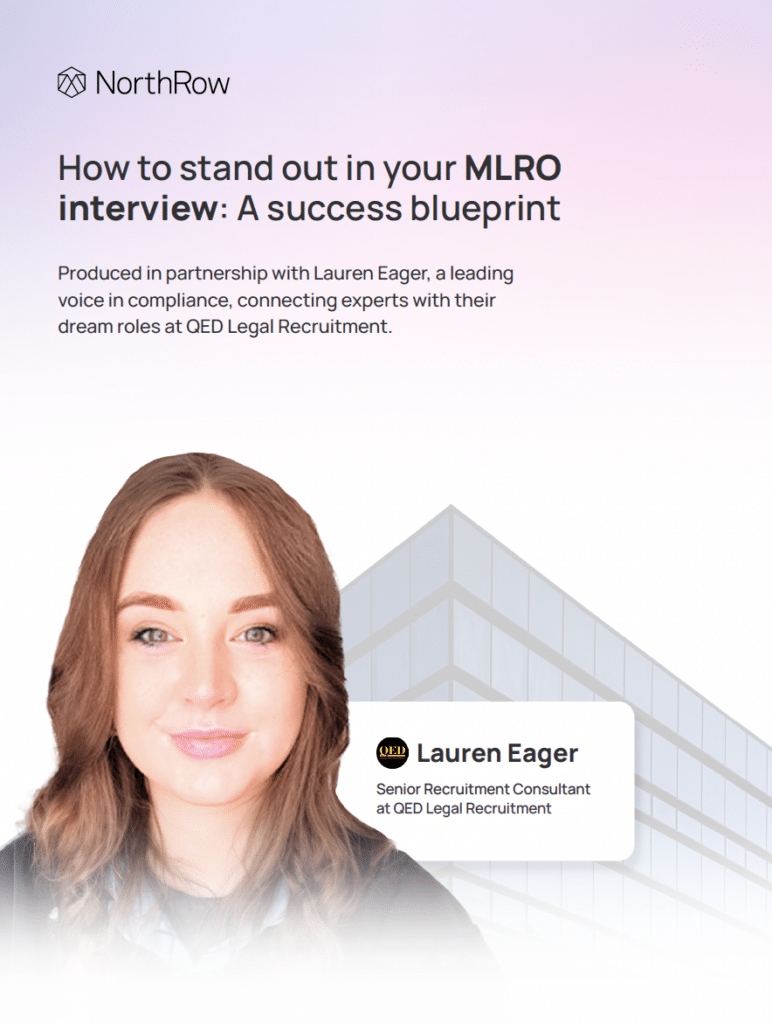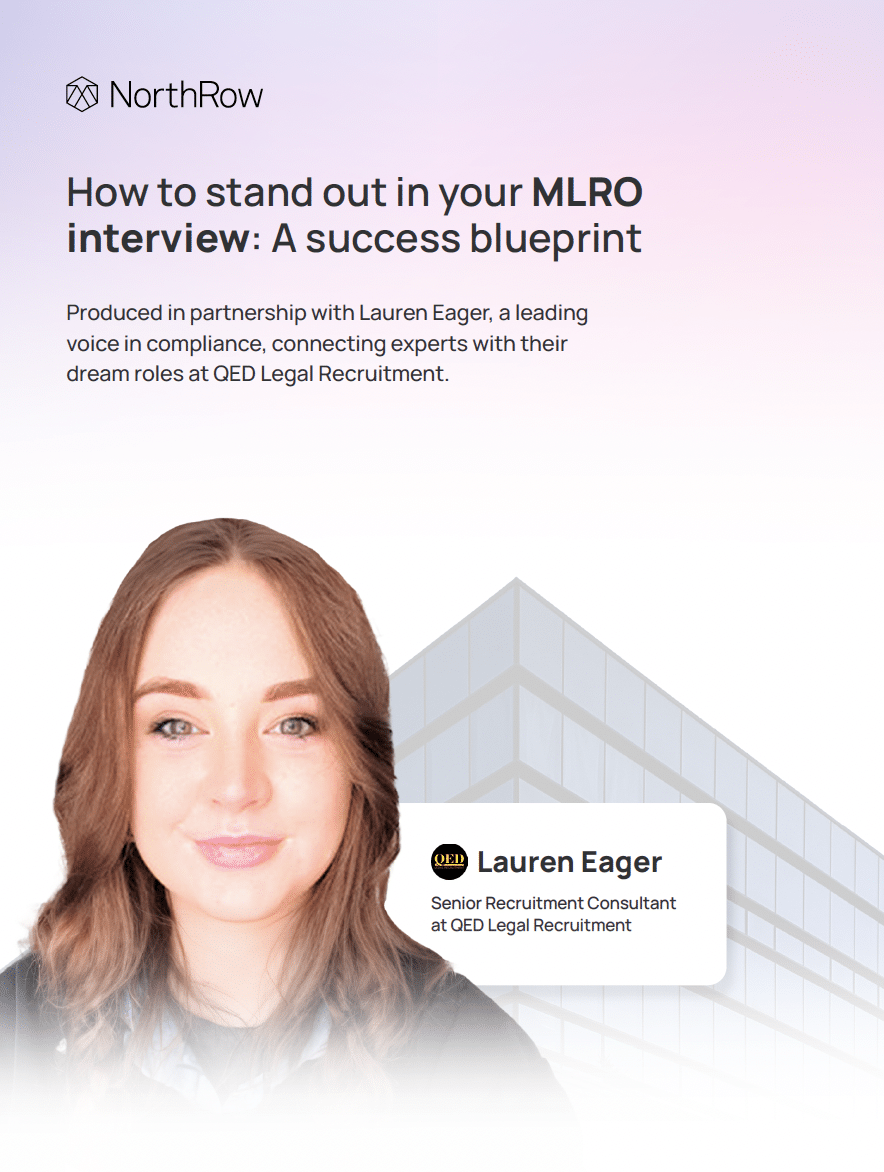Anti-Money Laundering (AML) compliance has never been more complex. With increasing regulatory scrutiny, the cost of getting it wrong is high – fines, reputational damage, and even potential criminal liability. For regulated firms, the choice between building an in-house AML solution or buying a third-party system is one of the most significant decisions.
While both options have their merits, the argument for buying a purpose-built AML compliance solution is becoming increasingly compelling. Let’s break down the considerations.
The case for building an AML solution
Building an in-house AML solution may seem appealing if you have a strong tech team and specific compliance requirements that off-the-shelf solutions don’t quite meet. You get full control over system design, ensuring it integrates seamlessly with your existing processes and tech stack. A custom-built system can evolve with your business, adapting to unique risk profiles and regulatory needs as they change.
However, this approach comes with major challenges. Developing an effective AML compliance system is resource-intensive. It demands significant investment in engineering, compliance expertise, and continuous maintenance. Regulators expect firms to keep pace with evolving threats, meaning your internal team would need to constantly update the system to reflect new money laundering tactics, regulatory requirements, and data sources.
Then there’s scalability. As your onboarding volumes grow, an in-house system must be able to handle increasing data loads without compromising on efficiency or accuracy. Without specialist expertise in AML technology, building a system that remains effective at scale is a serious challenge.
Why buying an AML solution makes more sense
AML technology providers have spent years refining their platforms, investing in new technologies and features to assist your risk assessment frameworks that would take even the most well-resourced firm a long time to develop. These solutions come pre-built with compliance rules and logic that aligns with global AML regulations, covering everything from onboarding and monitoring to suspicious activity reporting.
By choosing a third-party provider, you can tap into ongoing innovation, benefiting from real-time updates, regulatory changes, and industry best practices. This is particularly valuable given the dynamic nature of financial crime, where criminals are constantly shifting tactics. With a dedicated vendor, you don’t have to anticipate every emerging threat – your provider does that for you.
Cost is another key factor. While building in-house might seem cost-effective initially, the long-term expenses can be substantial. Compliance teams need to factor in development costs, maintenance, staffing, and regulatory updates. Vendors spread these costs across multiple clients, making it more economical for firms to access high-quality AML technology without the full burden of development.
Speed to implementation
Regulators expect firms to implement robust AML controls without delay. Building an in-house system can take months or even years, during which your business remains exposed to compliance risks.
Third-party solutions, by contrast, can be deployed in weeks. Most providers also offer built-in audit trails, reporting features, and pre-configured compliance workflows, making it easier to demonstrate compliance during regulatory audits. An in-house system would require dedicated resources to develop and maintain these features, adding to your operational burden.
Integration with existing systems
A common concern with buying a third-party solution is integration. Modern AML platforms, however, are designed with integrations in mind, offering API-driven systems that allow seamless integration with core systems, customer onboarding platforms, and management tools.
For firms operating in a fast-moving environment, this flexibility is critical. The ability to plug into existing infrastructure without significant redevelopment means your team can focus on compliance rather than IT challenges.
The risk of regulatory missteps
AML compliance is unforgiving. If your in-house system fails to detect suspicious activity due to a development oversight or outdated risk models, the responsibility lies wholly with your firm. Regulators won’t accept “we built it ourselves” as an excuse for non-compliance.
🔗 The biggest AML blunders: 5 case studies and lessons learned
Third-party providers, on the other hand, have compliance baked into their systems. They work closely with regulators, conduct regular system audits, and ensure their technology meets evolving requirements. This level of oversight is difficult to replicate internally without a dedicated AML technology team.
Future-proofing your compliance strategy
Financial crime threats and regulatory expectations aren’t static. They evolve continuously, demanding constant updates to your AML approach. An in-house system requires ongoing development to keep up with these changes.
Without dedicated resources, there’s a risk of falling behind. Buying an AML solution provides access to industry-leading expertise, automated updates, and a roadmap that aligns with regulatory trends. It allows firms to stay ahead of the curve rather than playing catch-up.
Making the right choice for your business
For most regulated firms in the UK, buying an AML solution is the smarter choice. It offers faster deployment, reduced risk, and ongoing support from experts who live and breathe financial crime compliance.
Building an in-house system might make sense for large financial institutions with deep pockets and highly specialised compliance needs, but for firms looking to grow efficiently while staying on the right side of regulations, a third-party AML solution is the practical way forward.







